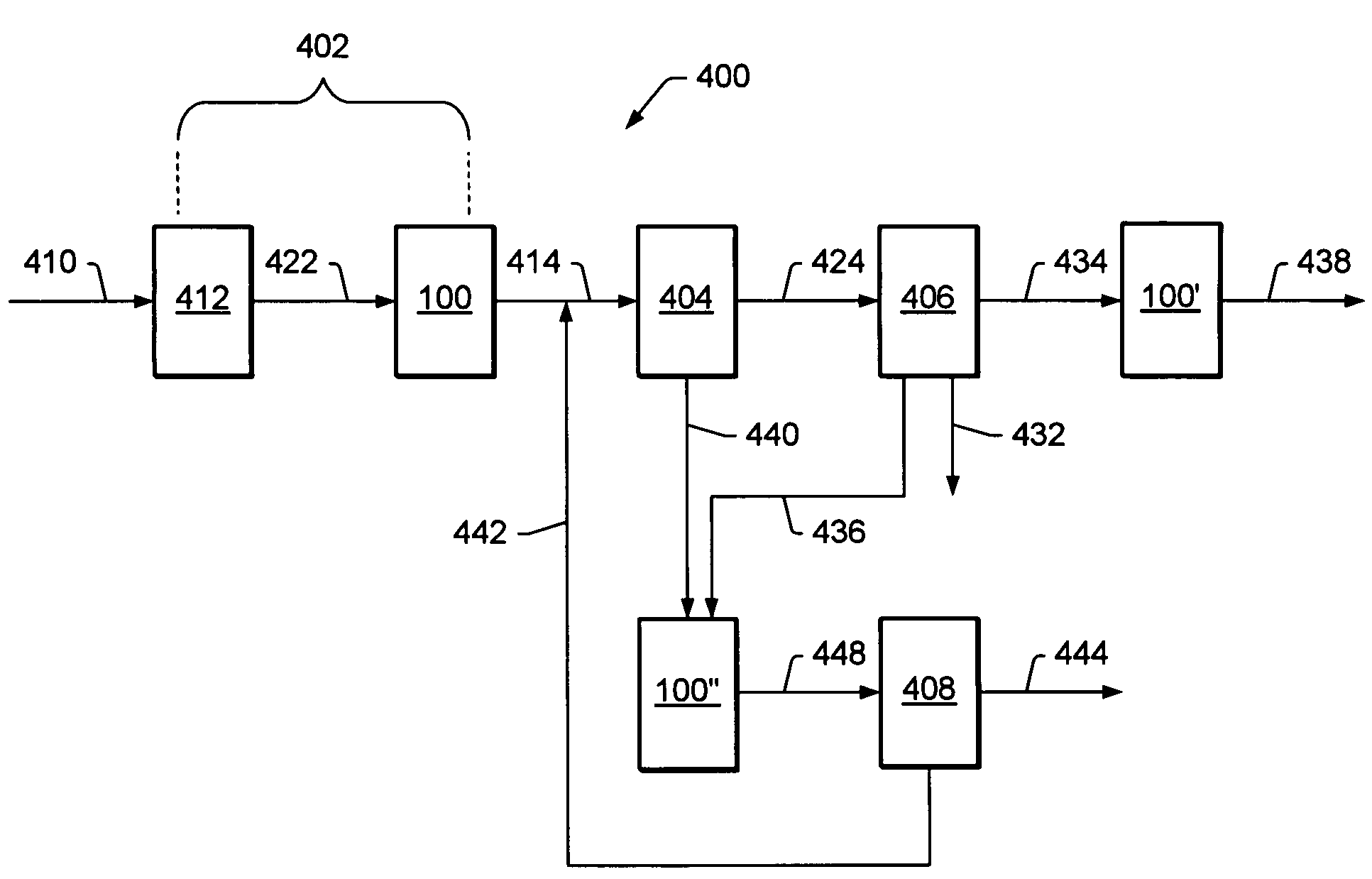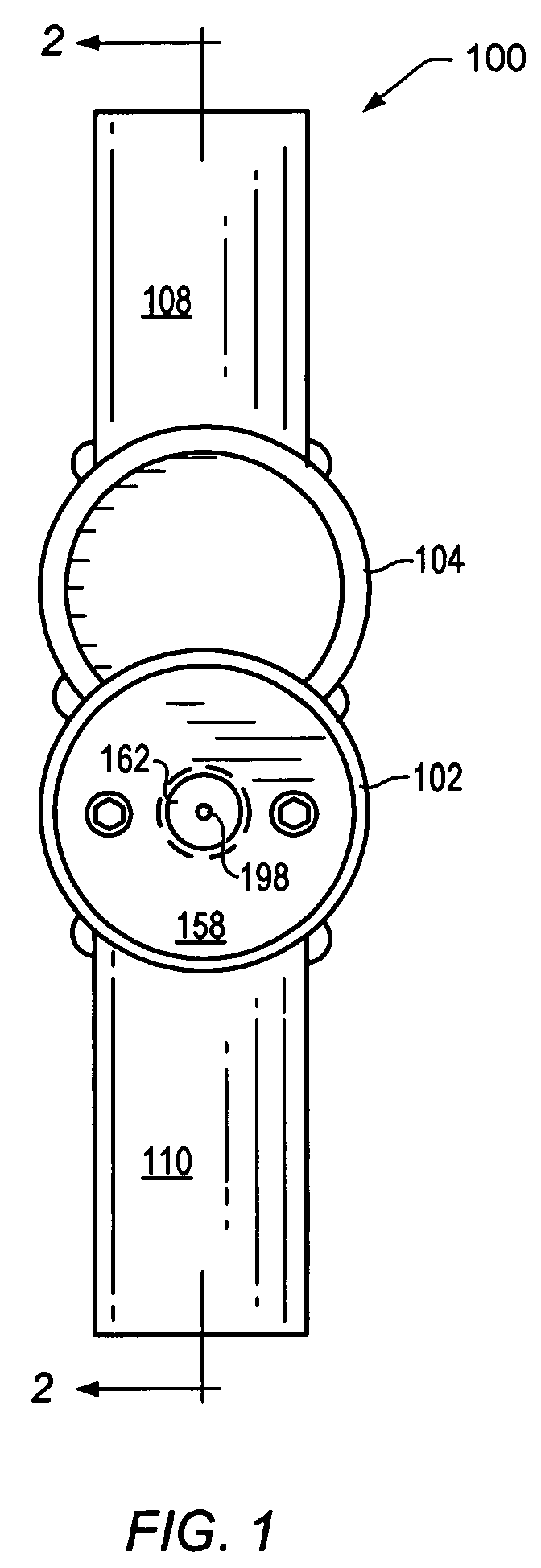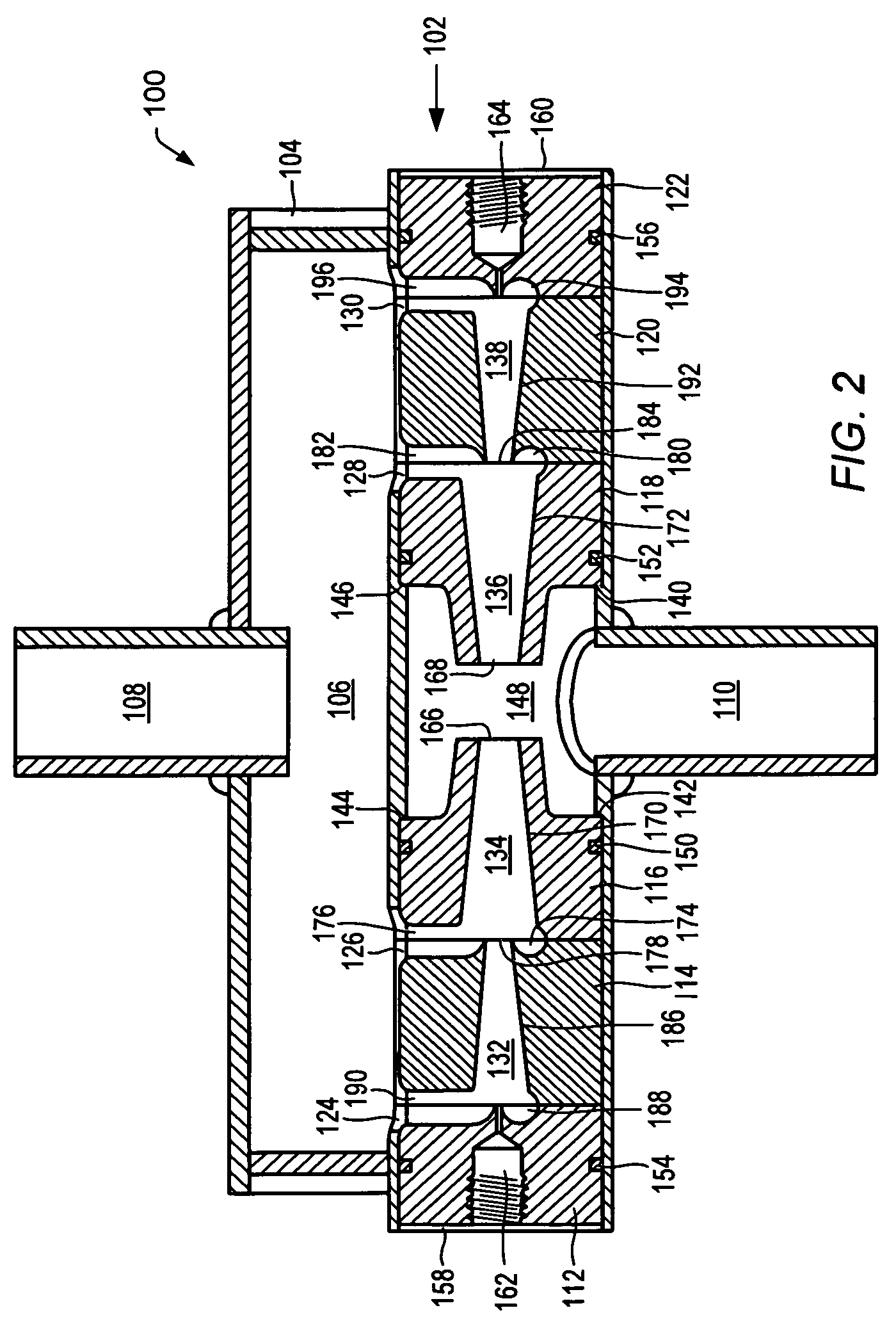Methods for treatment of wastewater
a wastewater treatment and wastewater technology, applied in the field of wastewater treatment, can solve the problems of increasing the generation of solids and biological contaminants, increasing the production of solids, and challenging existing solids processing and disposal methods, and making the disposal of solids and/or the removal of contaminants from wastewater more difficul
- Summary
- Abstract
- Description
- Claims
- Application Information
AI Technical Summary
Benefits of technology
Problems solved by technology
Method used
Image
Examples
Embodiment Construction
[0041]Systems and methods for treating wastewater to produce clean effluent and biosolids are described herein. Selected terms used herein are listed below.
[0042]“Activated sludge” refers to sewage that is treated with air and microorganisms to break down organic matter in the sewage.
[0043]“Activated sludge process” refers to a process for removing organic matter from sewage using microorganisms.
[0044]“Aeration” refers to the process of injecting air and / or oxygen into a system to increase the concentration of oxygen in the system
[0045]“Aerobic” refers to a life or process that occurs in the presence of oxygen.
[0046]“Anaerobic” refers to a life or a process that occurs in the absence of added oxygen.
[0047]“Bacteria” refers to certain types of microscopic living organisms. Bacteria may help consume organic constituents of sewage.
[0048]“Biochemical oxygen demand” (BOD) is a measure of the amount of oxygen consumed in biological processes that break down organic matter.
[0049]“Biologica...
PUM
| Property | Measurement | Unit |
|---|---|---|
| pressure | aaaaa | aaaaa |
| pressure | aaaaa | aaaaa |
| pressure | aaaaa | aaaaa |
Abstract
Description
Claims
Application Information
 Login to View More
Login to View More - R&D
- Intellectual Property
- Life Sciences
- Materials
- Tech Scout
- Unparalleled Data Quality
- Higher Quality Content
- 60% Fewer Hallucinations
Browse by: Latest US Patents, China's latest patents, Technical Efficacy Thesaurus, Application Domain, Technology Topic, Popular Technical Reports.
© 2025 PatSnap. All rights reserved.Legal|Privacy policy|Modern Slavery Act Transparency Statement|Sitemap|About US| Contact US: help@patsnap.com



